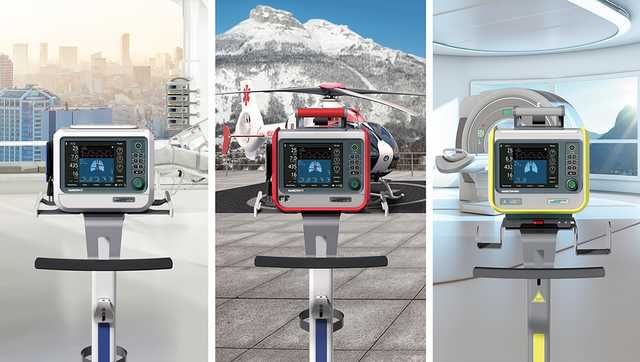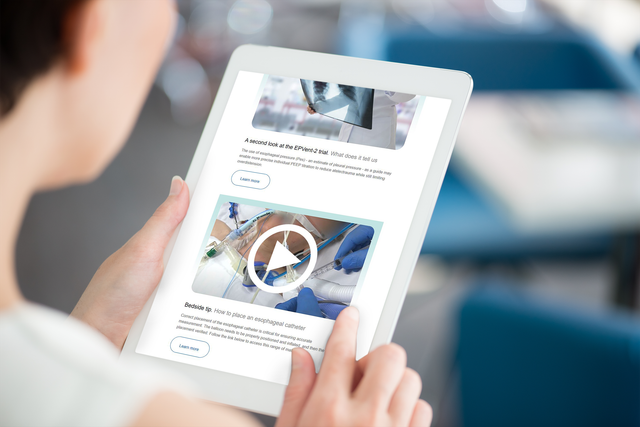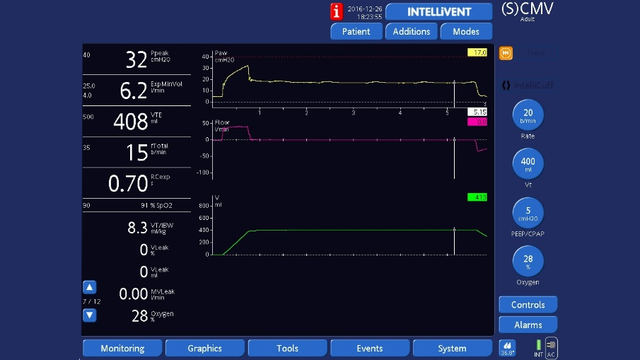
作者: Simon Franz
日期: 14.07.2017

即使“安全”平台压的想法已经受到质疑,使用它来定制急性呼吸窘迫综合征 (ARDS) 病人的肺保护性通气仍然是护理标准
由于 HAMILTON-C1/T1/MR1 呼吸机中的无阀气动装置,不可能通过执行吸气屏气操作来获得平台压。尽管如此,平台压仍然可以作为监测参数,而且可能会根据您的呼吸机软件进行显示。
| HAMILTON-C1/T1/MR1 软件 < v2.2.0 | HAMILTON-C1/T1/MR1 软件 ≥ v2.2.0 |
|---|---|
| 吸气末压力始终显示为平台压。请考虑,如果存在吸气末流量,则显示的平台压高于实际平台压。 | 仅在吸气末流量接近零时,才显示平台压。显示的平台压仍然可以高于实际平台压。 |
在吸气末流量不接近零或吸气末测得的压力不准确的情况下,计算平台压的一种可能的解决方法是:
此计算取决于准确的静态顺应性 (Cstat) 测量,这意味着没有发生显著的病人努力。吸气压应至少为 ~10cmH2O.
平台压 = (VTE ml / Cstat ml/cmH2O) + PEEP cmH2O
示例
呼出潮气量:450 ml;静态顺应性:50 ml/cmH2O;PEEP:8 cmH2O
(450 ml / 50 ml/cmH2O) + 8 cmH2O = 17 cmH2O
平台压 = 17 cmH2O
∆P = 9 cmH2O
另一个优点是您可以获得 ∆P 作为计算的副产物。∆P 与 ADRS 病人的生存率密切相关,因此可能是更有趣的参数
相关设备:HAMILTON-C1/T1/MR1(所有软件版本)

ARDS is characterized by lung collapse and consolidation leaving just a small portion of aerated lung remaining, which is at risk of ventilator-induced lung injuries (baby-lung concept).

Airway driving pressure is associated with clinical outcomes in ARDS, post-surgical, and normal-lung patients, and is a measure of the strain applied to the respiratory system and the risk of ventilator-induced lung injuries. Evidence suggests we should keep driving pressure below 14 cmH2O. But how can we measure it?